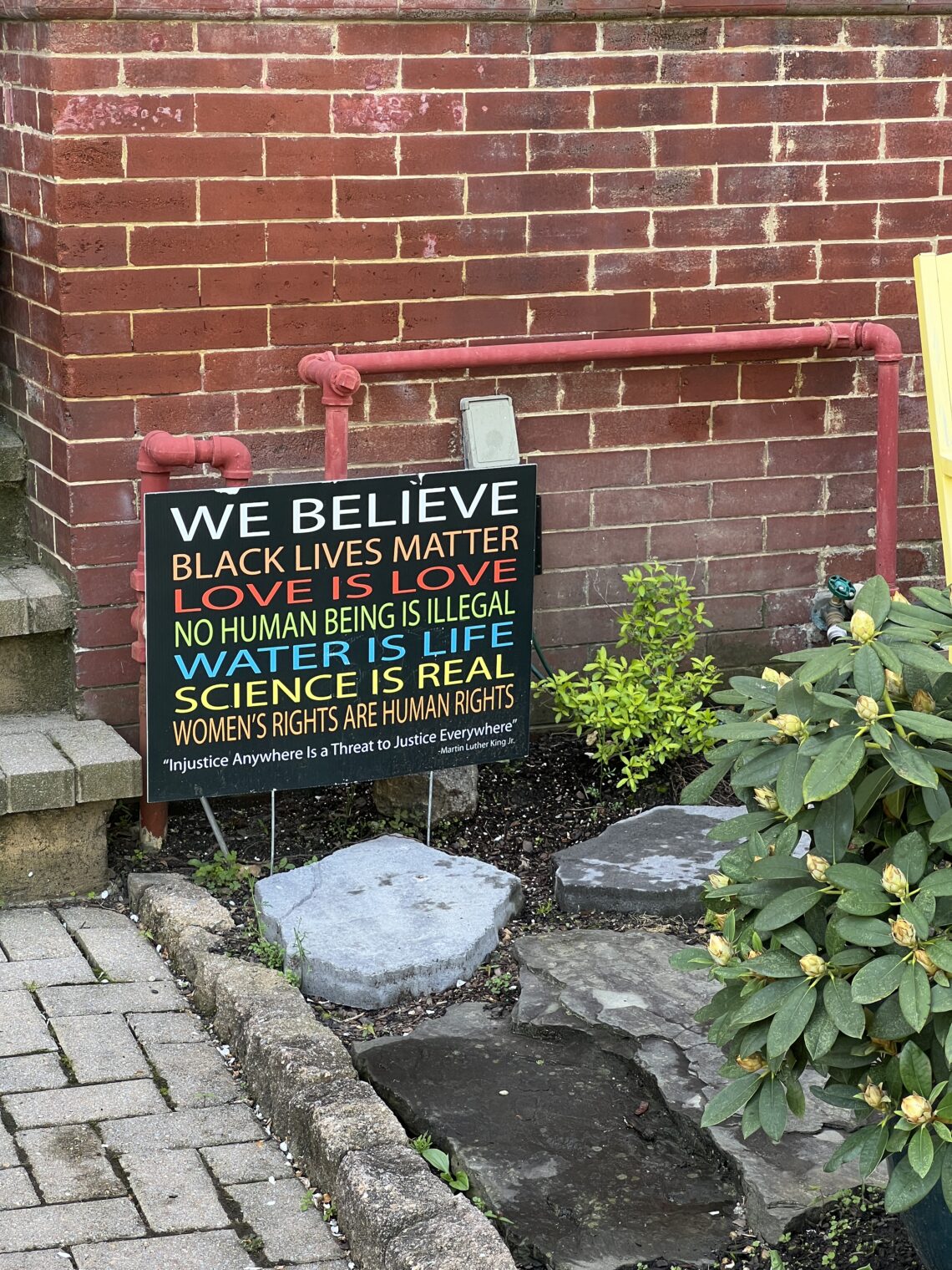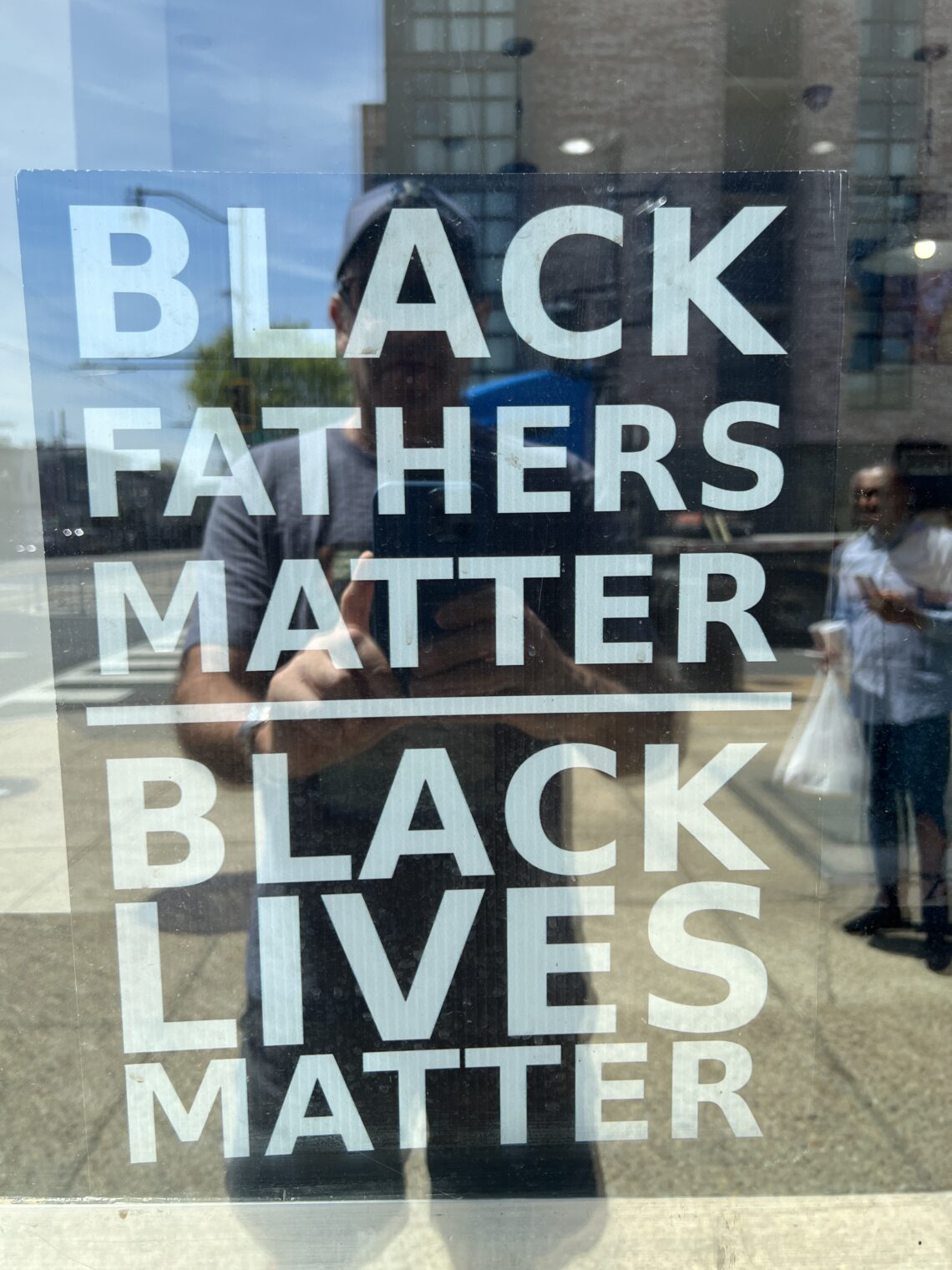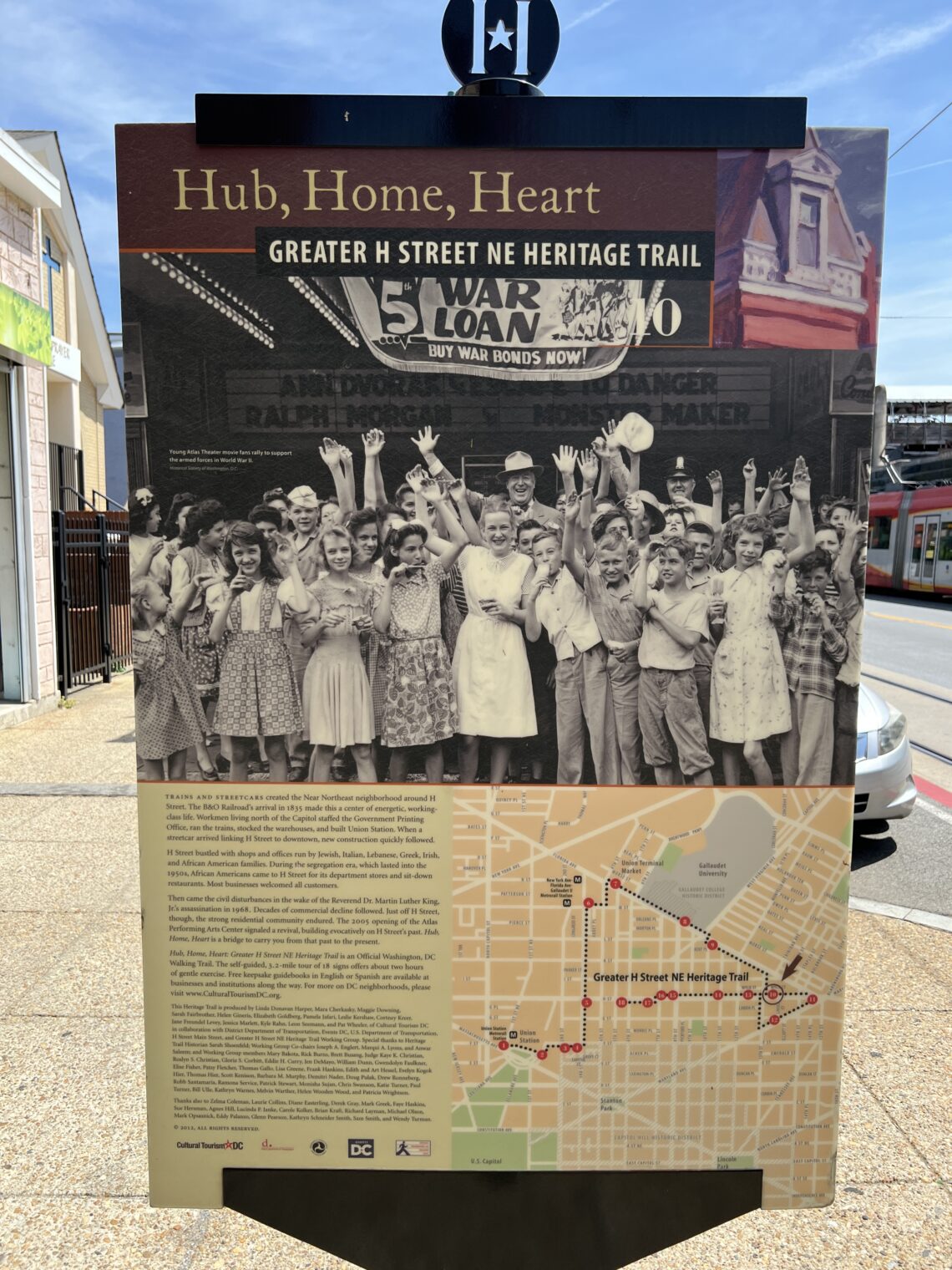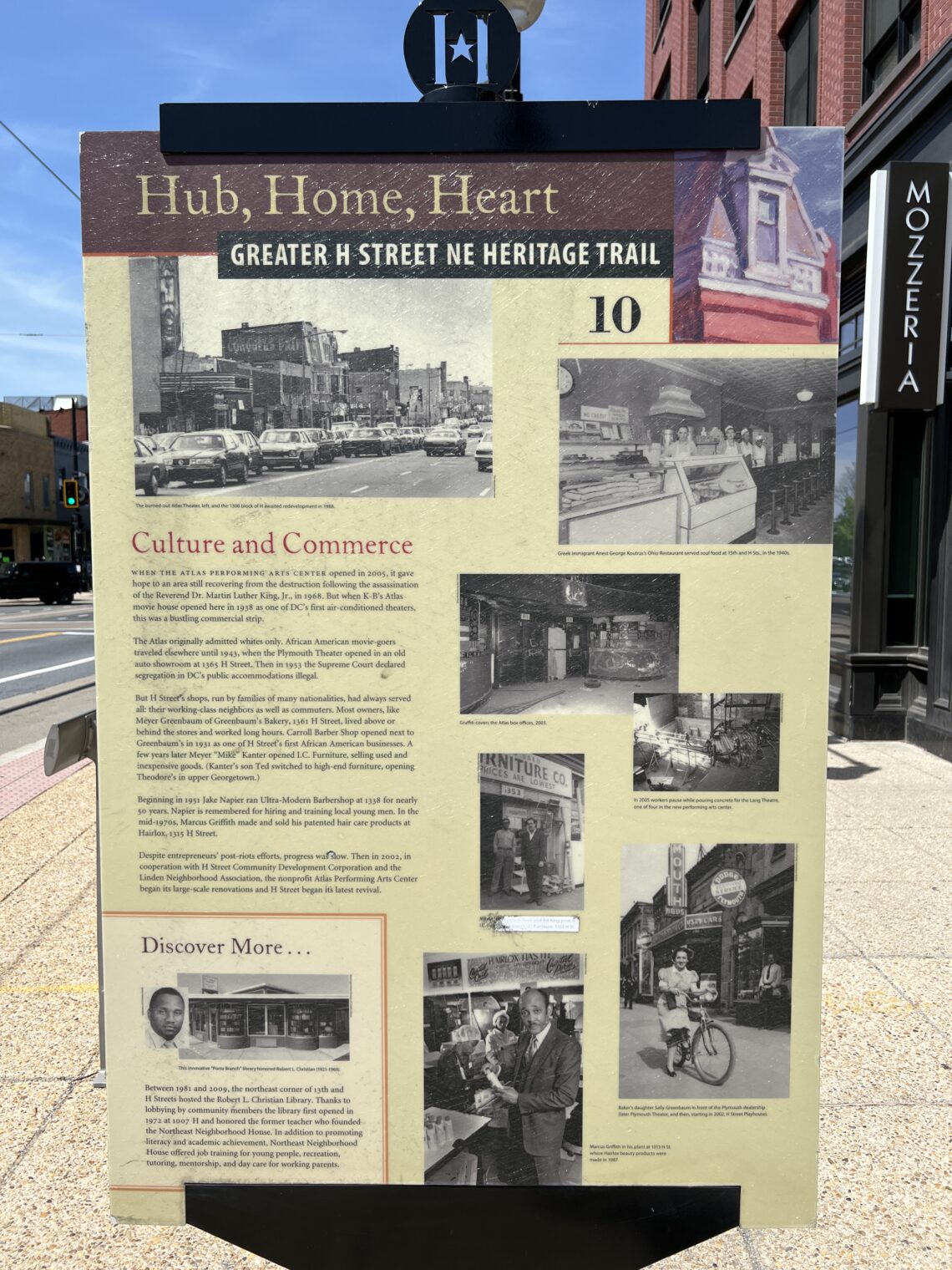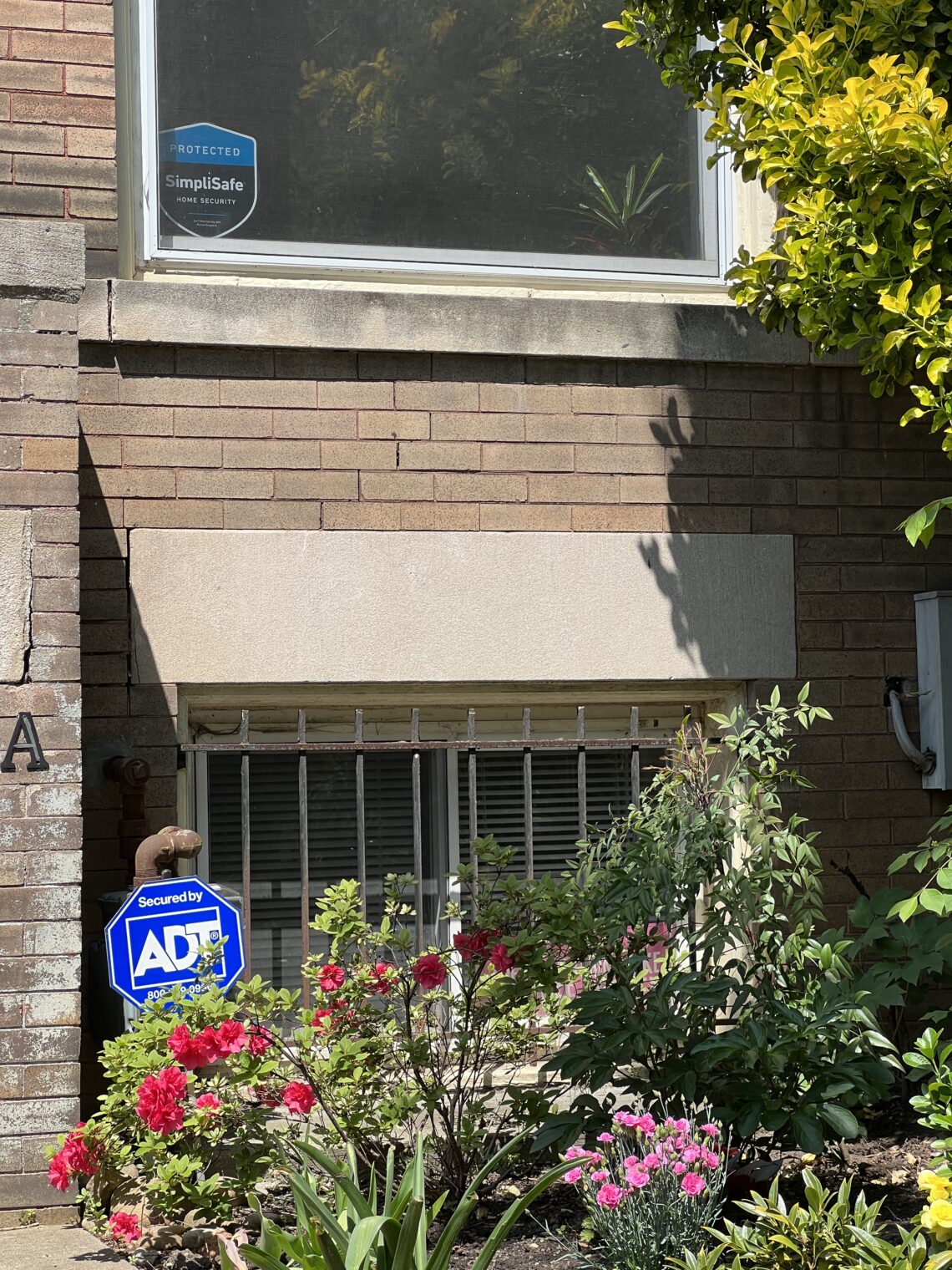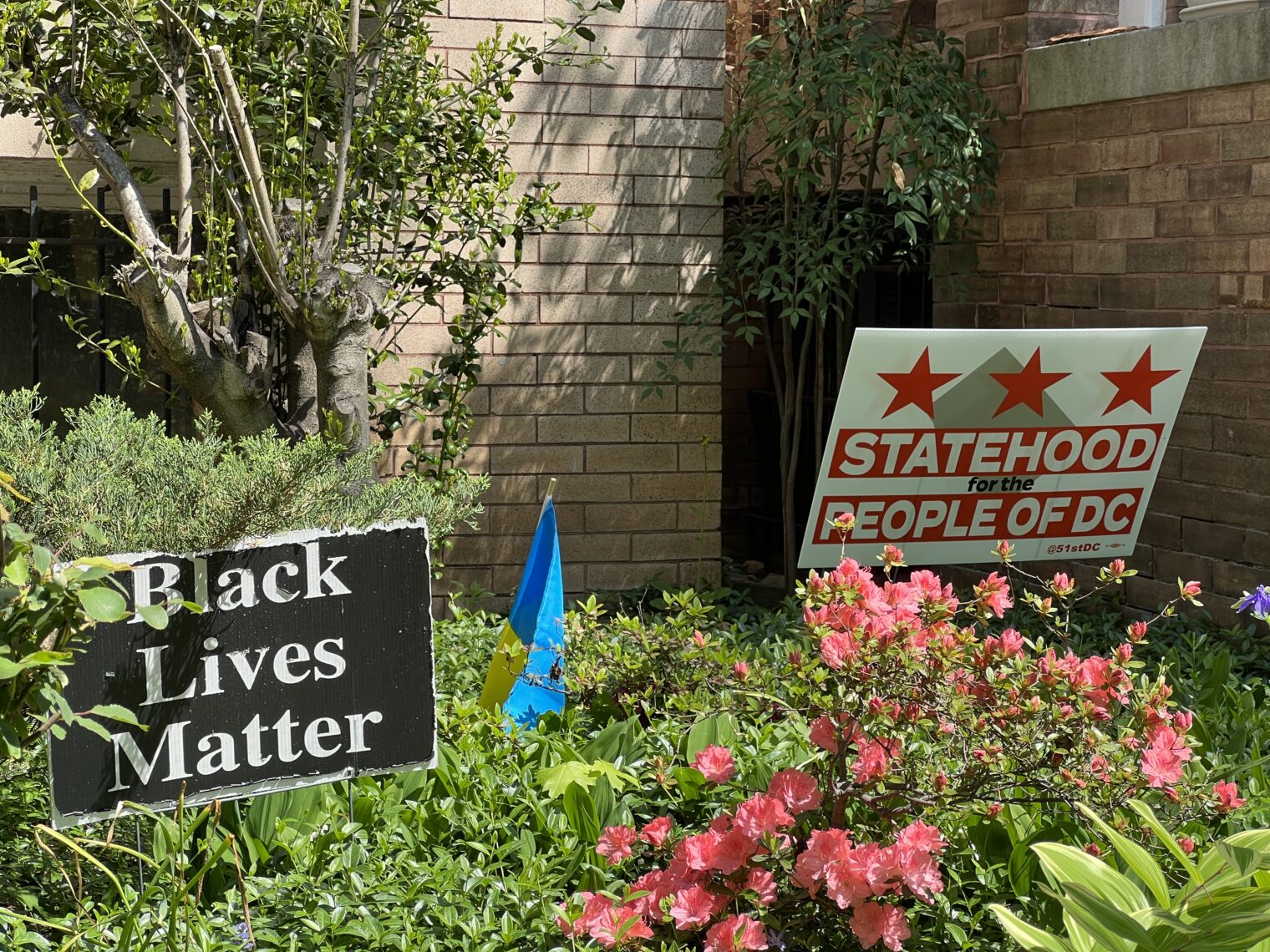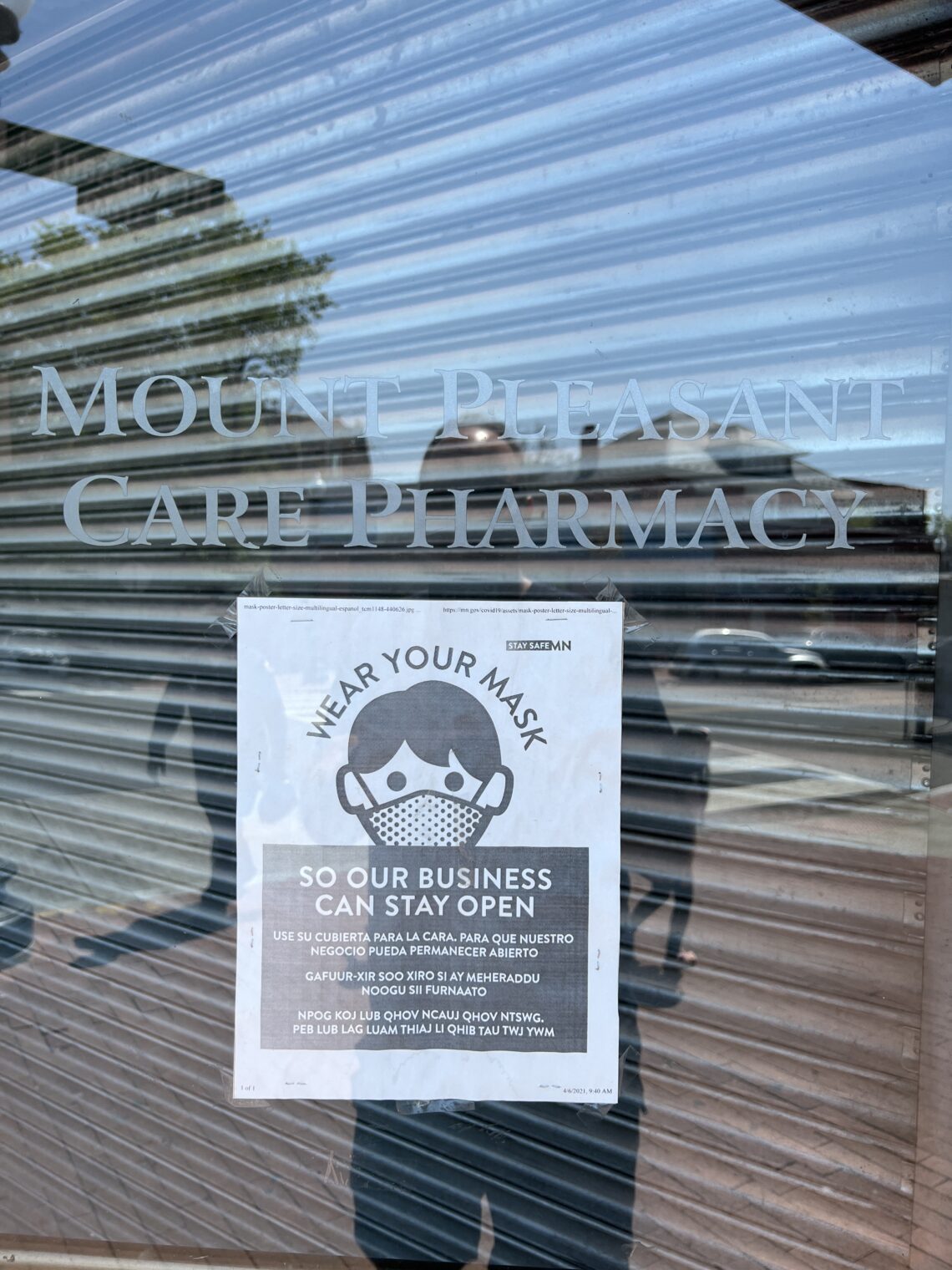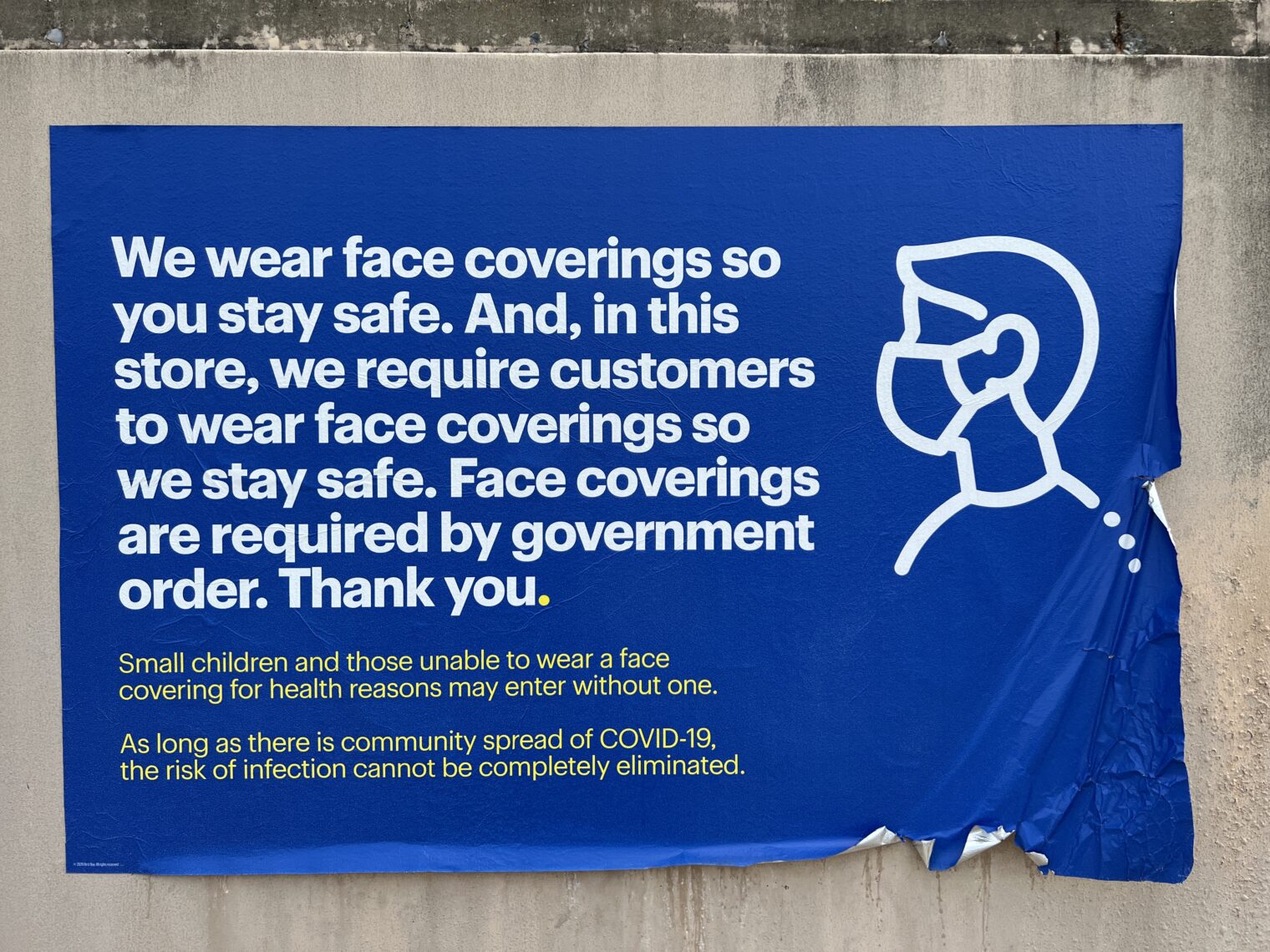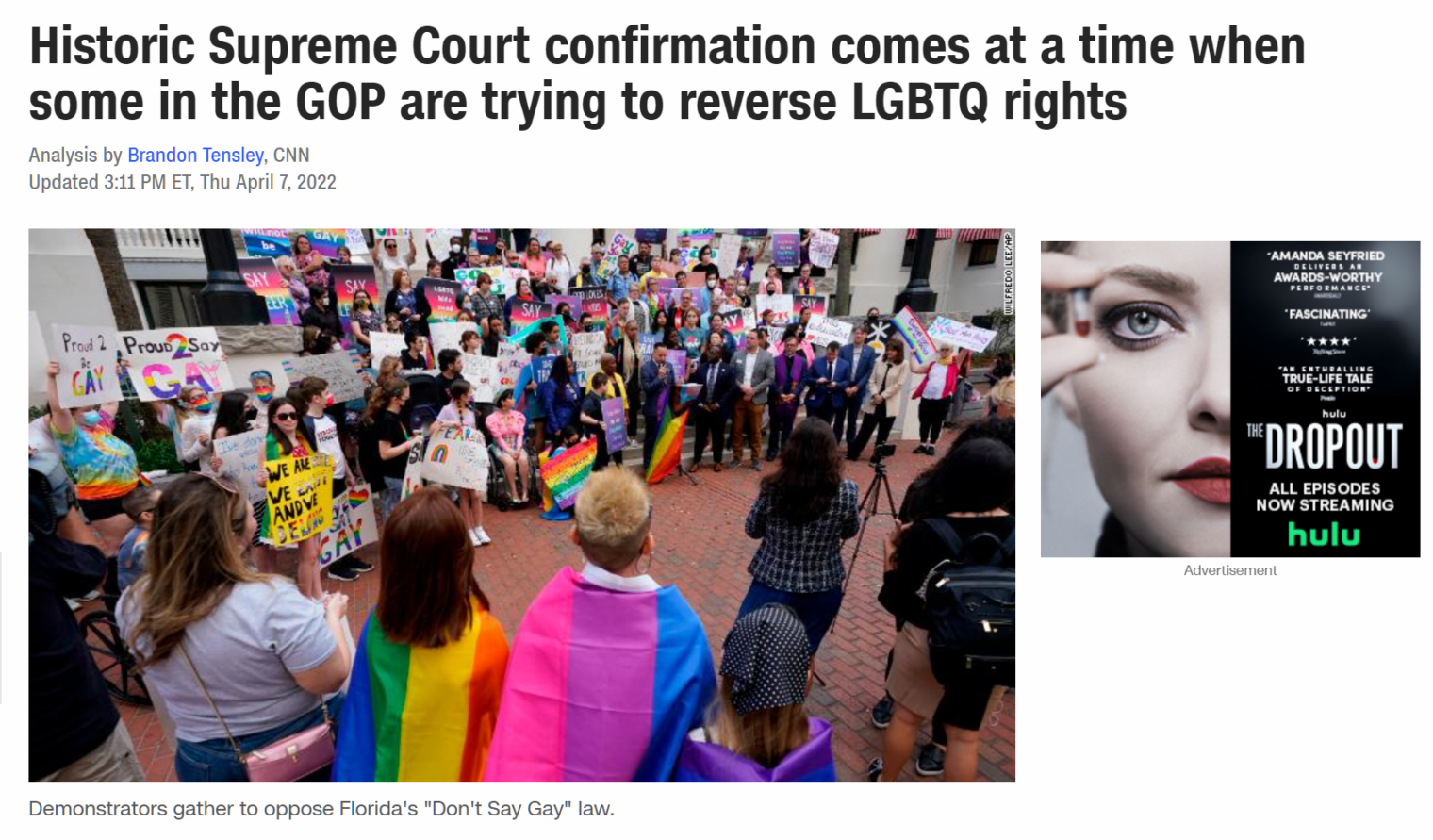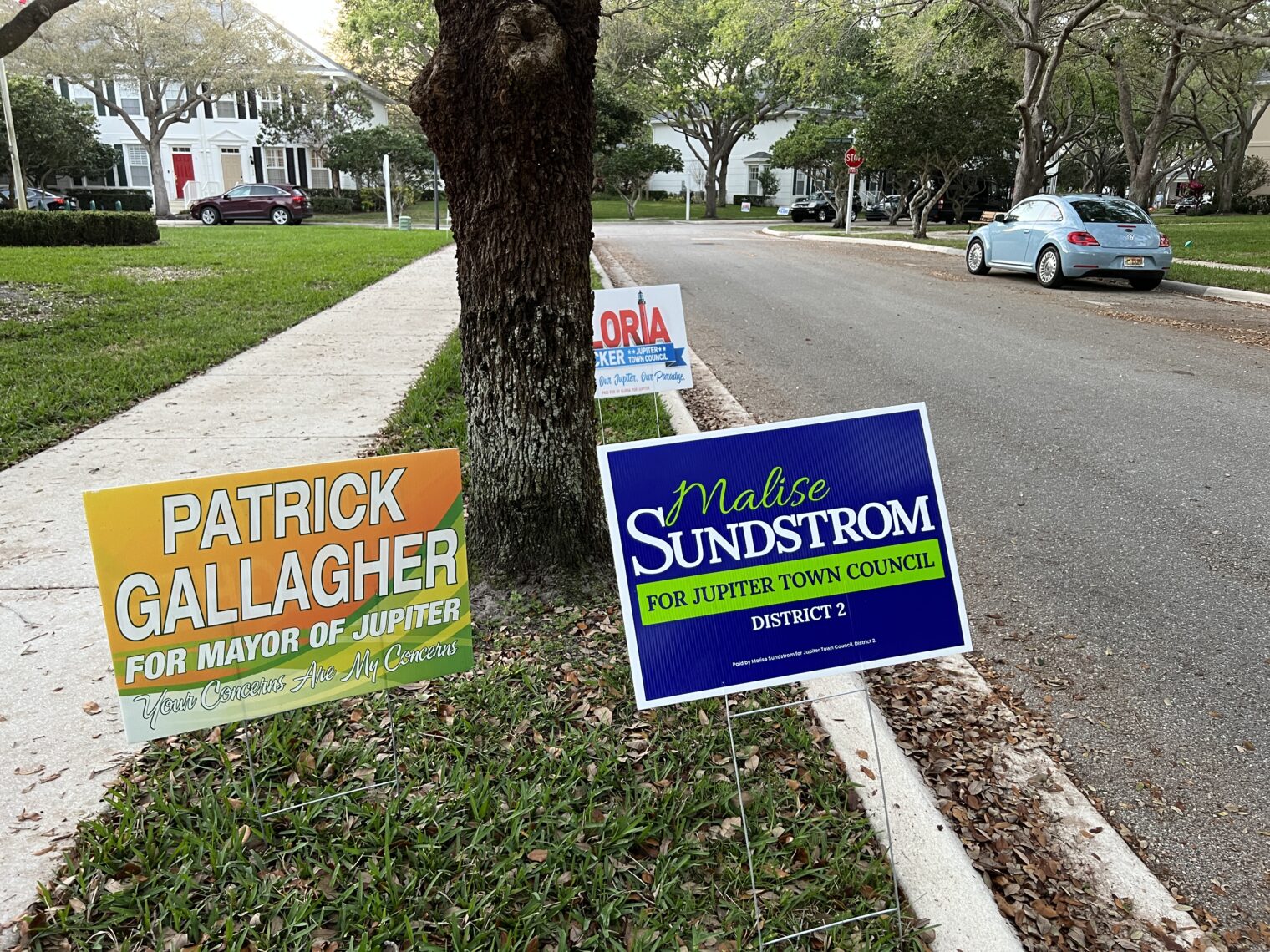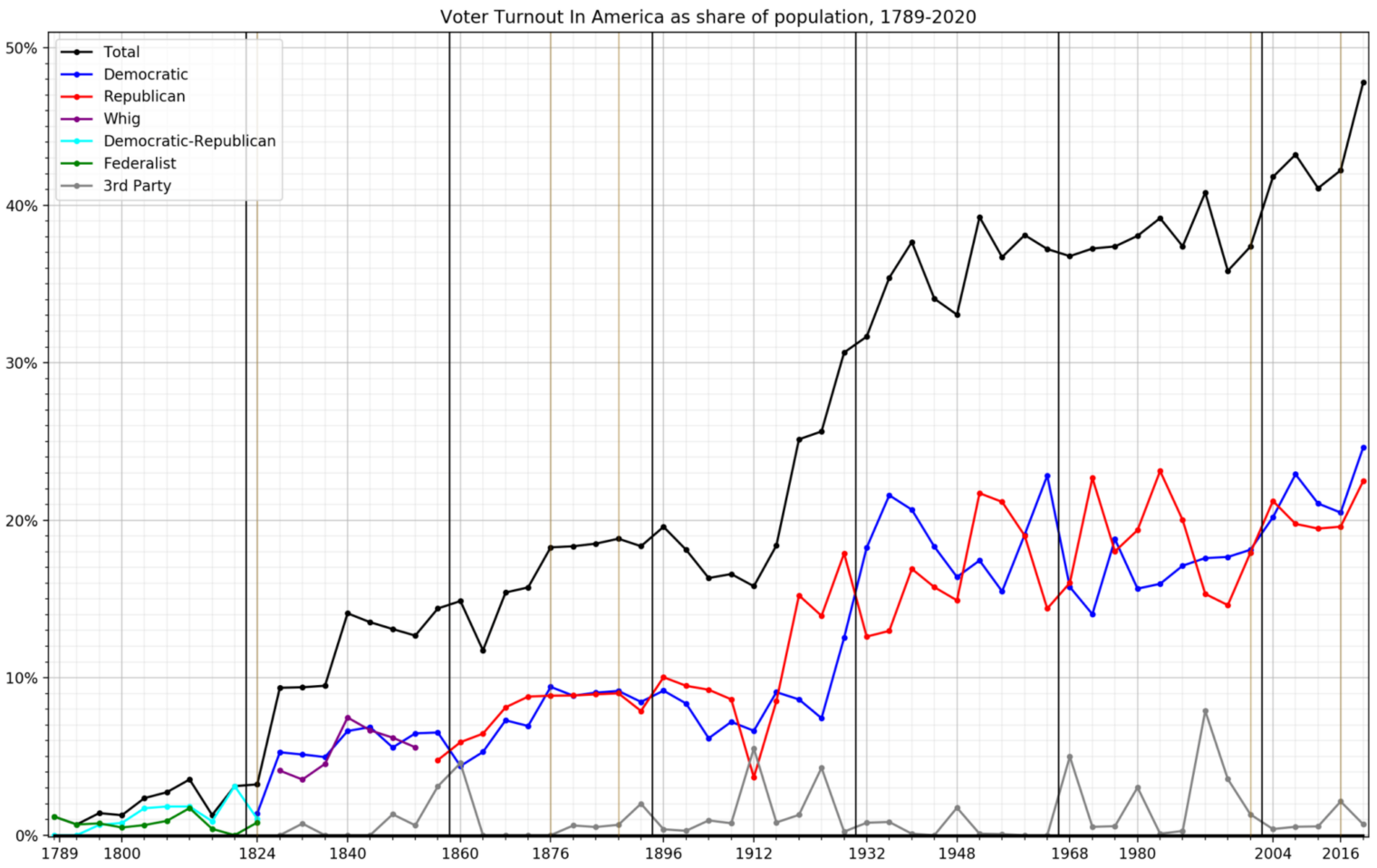Ron DeSantis and the Two Minutes Hate
Americans outside of Florida enjoy being outraged at things that the Florida legislature has done. Perhaps because they’re accustomed to their own imperial governors issuing executive orders, they attribute these new laws passed by representatives of Florida voters, to a single person ideal for inclusion in their Two Minutes Hate: Ron DeSantis.
One thing that DeSantis has done recently that you probably won’t hear about… “Governor Ron DeSantis Signs Bill to Guarantee Visitation Rights for Patients and their Families”:
Today, Governor Ron DeSantis signed SB 988, the No Patient Left Alone Act, to guarantee Florida families the fundamental right to visit their loved ones who are receiving care in hospitals, hospices, and long-term care facilities. No health care facility in Florida may require a vaccine as a condition of visitation and every health care facility must allow their residents and patients to be hugged by their loved ones.
In 2010, a Nobel laureate wrote about this (CNN):
President Obama has asked the Department of Health and Human Services to establish a rule that would prevent hospitals from denying visitation privileges to gay and lesbian partners.
The president’s Thursday memo said, “There are few moments in our lives that call for greater compassion and companionship than when a loved one is admitted to the hospital. … Yet every day, all across America, patients are denied the kindnesses and caring of a loved one at their sides.”
During coronapanic, governors in the lockdown states ensured equality by banning all hospital visitation, regardless of membership in the 2SLGBTQQIA+ community.
“How DeSantis Transformed Florida’s Political Identity” (New York Times, April 28, 2022) is an example of a typical DeSantis-related story in our national media. It starts with some factual inaccuracies (not to say “lies” because those come from Republicans):
Discussions of sexual orientation and gender identity prohibited in early elementary school. Math textbooks rejected en masse for what the state called “indoctrination.”
In fact, if a kindergartener wants to talk about his/her/zir/their weekend plan to visit bathhouses, he/she/ze/they can talk to the teacher about “The best Gay saunas in Miami – Relax, indulge and mingle!”:
With stunning Miami gay beaches, unbeatable glamor, and some of the most handsome locals anywhere on the planet, the Magic City is truly a fabulous place to be gay!
One of the best parts of Miami’s vibrant LGBTQ culture is the sauna and bathhouse scene in the city. Think about it; scorching rooms filled with nothing but steam and guys having a good time. The idea alone is enough to get you all hot and bothered!
…
We love this super-extensive sauna in good ‘ole gay Fort Lauderdale, which is just a forty-minute drive away from Miami. For our money, Fort Lauderdale might just be the gayest city in America right now and nowhere is this more evident than at The Club.
This place is luxurious, modern and super-clean, filled with handsome gay boys looking to mingle and make new friends. With a steam room, dry sauna, whirlpool and more, there are countless areas to relax in the company of gorgeous guys.
Discussions are not prohibited by the new Florida law, only instruction. I pointed this out in a comment and a reader from Brooklyn replied:
You’re missing the point. The point is that the law is intended to make people think that young children are being taught about gender identity in school. It’s a phony issue, similar to the the CRT and Sharia law hysterias.
Welcomingschools.org offers an extensive list of recommendations for pre-K and older, however. Under the subhead “Picture Books: LGBTQ+ Family and Who You Love” (to which I object due to the failure to use “whom”) we find, for example:
Baby’s First Words and Mis primeras palabras. Christiane Engel. (Baby – Toddler) Featuring a family with two dads.
Heather Has Two Mommies. 25th Anniversary Edition. Lesléa Newman. (Pre-K – K) Heather’s favorite number is two. She has two arms, two legs, and two pets. And she also has two mommies. As school begins, Heather sees that, “the most important thing about a family is that all the people in it love one another.”
I am Jazz. Jessica Herthel and Jazz Jennings. (K – 5) From the time she was two years old, Jazz knew she was a girl, even though others saw her as a boy.
The history page for this enterprise says that instruction began in elementary schools in 2008 and that the organization has reached 8 million students:
As of 2021, Welcoming Schools has over 150 facilitators who have trained educators in 43 states, DC, Canada, Mexico and Taiwan, reaching over 10.5 million students. The Welcoming Schools program has also formed strategic partnerships with national and state organizations, as well as large districts across the country.
What about the math textbooks that Emmanuel Goldstein Ron DeSantis personally rejected? The Miami Herald explains the impact:
Florida’s law remains clear: Individual school boards — not state officials — ultimately have the responsibility for selecting instructional materials. Furthermore, a district may spend up to 50% of its state funds for books that are not on the department’s list of recommended titles.
In other words, regardless if a book or curriculum is on or off the state’s list of approved materials, a school board still has the authority to purchase it for the district. (The list is the “initial adoption list,” according to the state education department, and has yet to be finalized.)
The NYT is “stunned” that a big corporation might have to live by the same rules as smaller corporations:
And, perhaps most stunning of all, Disney, long an untouchable corporate giant, stripped of the ability to govern itself for the first time in more than half a century, in retaliation for the company’s opposition to the crackdown on L.G.B.T.Q. conversations with young schoolchildren.
(Again the inaccurate reference to “conversations” being excluded from the K-3 curriculum when it is only “instruction” that is excluded. Separate question: What did schools in the Northeast and California drop from the elementary school curriculum when they started teaching sexual orientation and gender identity? They didn’t make the school day or year longer, right? So something had to be dropped to make room for instruction regarding the world of 2SLGBTQQIA+. (Maybe this is part of the reason for the NYT’s 2015 story: “Surprise: Florida and Texas Excel in Math and Reading Scores” (California’s students are 9 months behind Florida’s in subjects other than sexual orientation and gender identity)).)
The article mischaracterizes Ron DeSantis’s coronapanic polices:
But beginning in 2020, a politically attuned Mr. DeSantis seized on discontent with coronavirus pandemic policies, betting that economic prosperity and individual liberties would matter more to voters in the long run than protecting public health.
DeSantis’s stated reason for not ordering extended school closures, lockdowns, and general public masking was that he did not believe that there was scientific evidence that such measures were effective at stopping the spread of an aerosol virus. From WFLA (July 2021):
“There’s been talk about potentially people advocating for people at the federal level imposing masks on kids. We’re not doing that in Florida, OK, we need our kids to breathe,” DeSantis said. “We need our kids to be able to be kids, to be able to breathe – it’s terribly uncomfortable for them to do it, there’s not very much science behind it.”
While the governor says previous protocols for masks were not meaningfully effective, health leaders across the political spectrum say that we have all of the tools to beat the virus, but people need to use them.
DeSantis said that between schools that did and did not have mask rules in effect, the difference between outcomes was not “meaningfully different.” The governor went further, saying that parents were free to mask their children on their own initiative but that he was not supportive of “coercive mandates” on Florida schools.
In other words, DeSantis’s primary position was that what governors were doing in the Northeast and California was unsupported by Science and doomed to fail. The health leaders, on the other hand, were 100 percent sure that “we have all of the tools to beat the virus.” If DeSantis was wrong and the health leaders were correct, COVID-19 should have ended in the summer of 2021 in all of the states and countries where lockdowns, masks, and vaccines were ordered.
More than 73,000 Floridians have died of Covid-19, yet public opinion polls have shown that Mr. DeSantis and many of his policies remain quite popular.
The New York Times presents this number without the context of Florida’s large population and, more importantly, very large population of old people who are vulnerable to COVID-19. Florida is #31 in the nation in terms of age-adjusted COVID-19 death rate (the NYT’s home state of New York is tied with New Jersey at #16).
Switching channels… “DeSantis vs. Disney: Homophobia and hate are beneath the surface of high-minded, right-wing talking points” (CNN Business):
The Walt Disney Company, a longtime engine of Florida’s economy, now finds itself in a disorienting position: Enemy of Florida’s governor Ron DeSantis. And let’s be clear about the root cause: Resistance to LGBTQ equality. The impending removal of Walt Disney World’s special tax district is wrapped up in anti-big business rhetoric. But the chain of events that led to “DeSantis versus Disney” began with the Florida GOP’s so-called “Don’t Say Gay” law. Homophobia and hate are right underneath the surface of the high-minded talking points about “parental rights in education.”
But Disney is not opposing an executive order from the hated governor who is a homophobic hater. Disney is opposing a law passed by the legislature representing voters all over Florida (yet, despite its opposition to this law, Disney will not do the obvious thing and educate K-3 kids themselves while they’re in line at its theme parks and/or with a new dark ride).
It is a little strange for a Floridian to see the attention being devoted to Ron DeSantis outside of Florida. Here in Florida, it is the counties and towns/cities that collect most of the taxes (property tax being the huge one) and therefore it is county and local politics that get people excited. It is far more common for a person I’m talking to in Massachusetts or California to mention Ron DeSantis than for the Hater in Chief to come up in a conversation with someone down here. The state government is not a feature in day-to-day life. If you need to get a driver’s license or register a car, for example, you go to your county’s tax collector office, not to a branch of a state-run DMV bureaucracy.
Maybe the explanation is that Democrats are concerned that Ron DeSantis and Nikki Haley will run for president in 2024? If we add their ages together, the result (93) is pretty close to Joe Biden’s age.
Full post, including comments